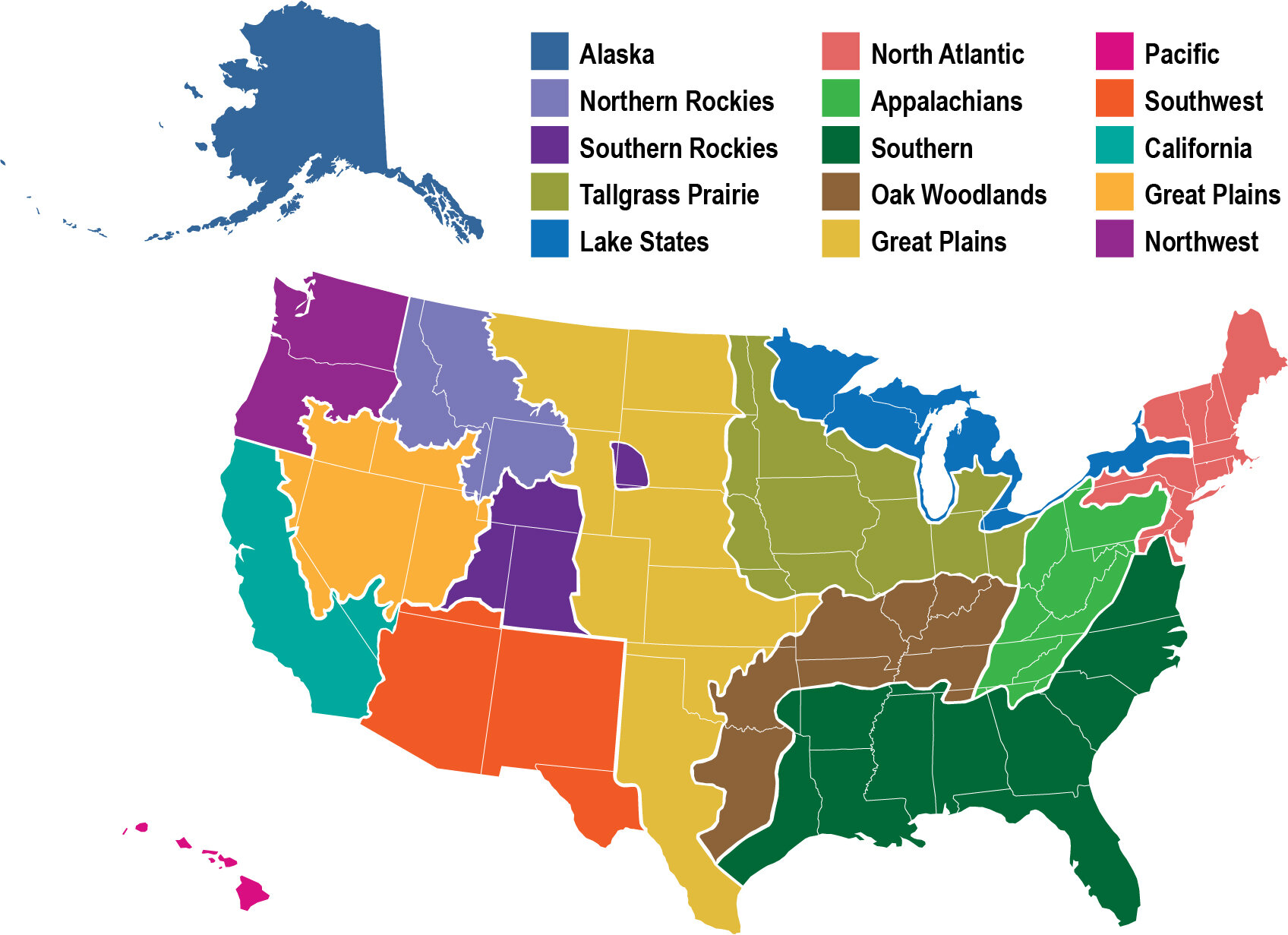Longer-term post fire vegetation dynamics and predicted invasive species habitat suitability: Presentation PDF
/Presented at the Mojave Desert Fire Science and Management Workshop. Barstow, CA 2014.
This presentation explains the use and implication of utilizing modeling tools to predict invasive species distribution after a fire.
View Presentation PDF >



